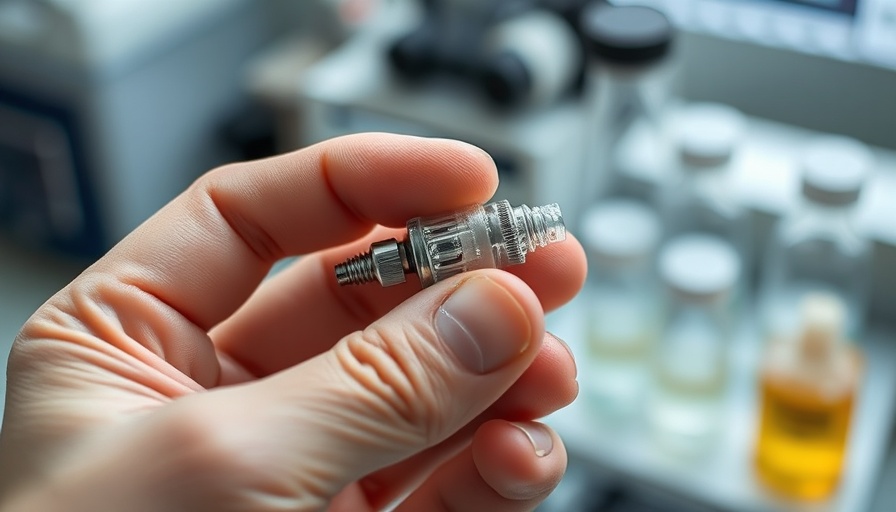
Innovative Microfluidic Fabrication Methods Revolutionizing Aesthetic Medicine
In a significant advancement for aesthetic professionals and the broader medical community, researchers at Purdue University have developed a faster and more cost-effective method to fabricate microfluidic devices. This innovation could redefine the use of microfluidics in aesthetic and diagnostic applications, providing enhanced precision in drug testing and therapeutic procedures.
What Are Microfluidic Devices?
Microfluidic devices manipulate small volumes of fluids on a chip, crucial for applications requiring precise control over chemical reactions, such as drug development and diagnostic testing. These devices are typically used in laboratories to study cellular interactions, test new medications, and perform diagnostics more effectively. The traditional methods of creating these devices, however, often involve expensive equipment and cleanroom conditions, making them less accessible for widespread use.
A Breakthrough in Fabrication Technology
Led by Huachao Mao, the Purdue team utilized a method known as vat photopolymerization (VPP) to enhance traditional fabrication techniques. This pioneering approach not only reduces costs but also allows for the creation of intricate microfluidic channels within devices as small as 10 microns deep and 100 microns wide. By harnessing liquid crystal display (LCD) technology alongside ultraviolet light, the researchers can now achieve high-resolution printing of microfluidics, enabling the creation of devices that can simulate cancer cell behaviors—vital for testing new treatments.
Implications for the Aesthetic Industry
For MedSpa owners and aesthetic professionals, the potential applications of this technology are particularly exciting. Improved microfluidic systems can lead to faster, more accurate diagnostics and personalized treatments in dermatology and cosmetic procedures. This capability can facilitate better patient outcomes by enabling tailored therapies based on individual cellular responses and conditions.
Future Trends Shaped by Technology
The ability to fabricate these devices without high-end, costly equipment opens doors for smaller practices and clinics to integrate advanced technologies into their workflows. As microfluidics in cellular analysis becomes more accessible, aesthetic professionals may soon leverage these innovations for real-time diagnostics and personalized skincare solutions, further marrying technology with patient-centric care.
Challenges and Considerations Ahead
Despite the positive outlook, aesthetic professionals must remain cognizant of the challenges that accompany the adoption of new technologies. Factors such as staff training, integration into existing practices, and addressing the evolving regulatory landscape for medical devices must be considered. As these microfluidic devices become more commonplace, ongoing education will be essential to navigate the complexities involved.
A Call to Innovate
As we stand on the cusp of a technological revolution in aesthetic practices, professionals are invited to explore and invest in these advancements. Integrating microfluidic technologies could not only enhance operational efficiencies but also significantly improve patient satisfaction through customized care. The journey towards innovation is challenging but equally rewarding—early adoption may provide a competitive edge in an increasingly technology-driven marketplace.
 Add Row
Add Row  Add
Add 

 Add Element
Add Element  Add Row
Add Row 




Write A Comment